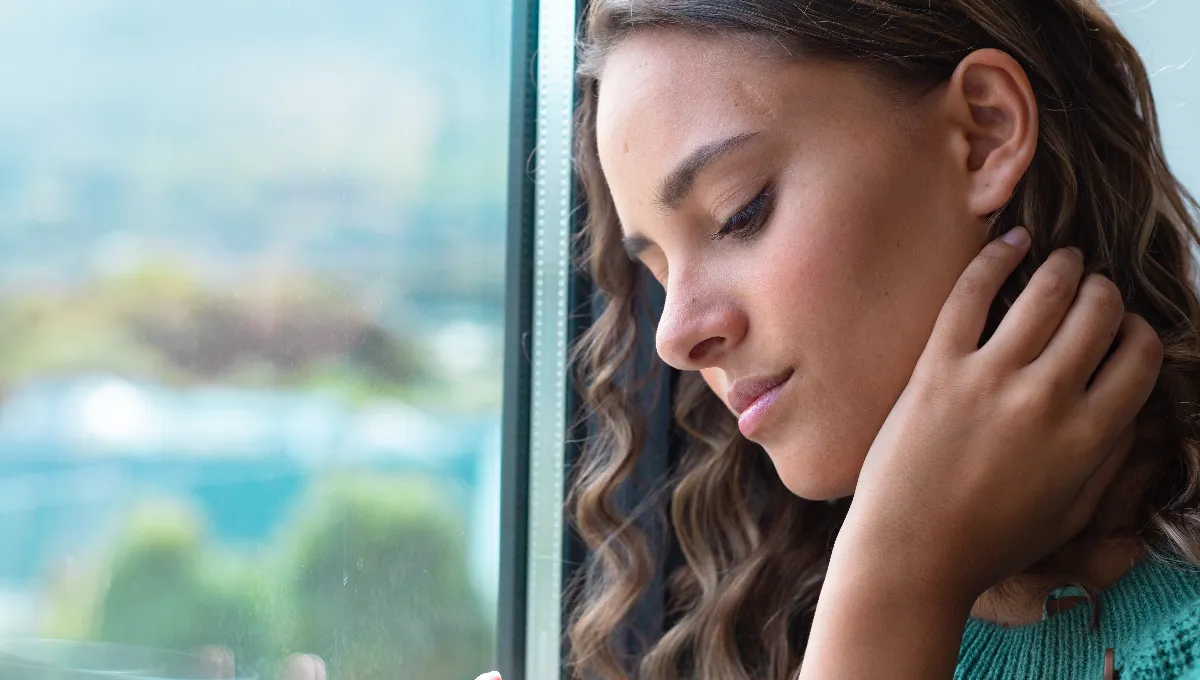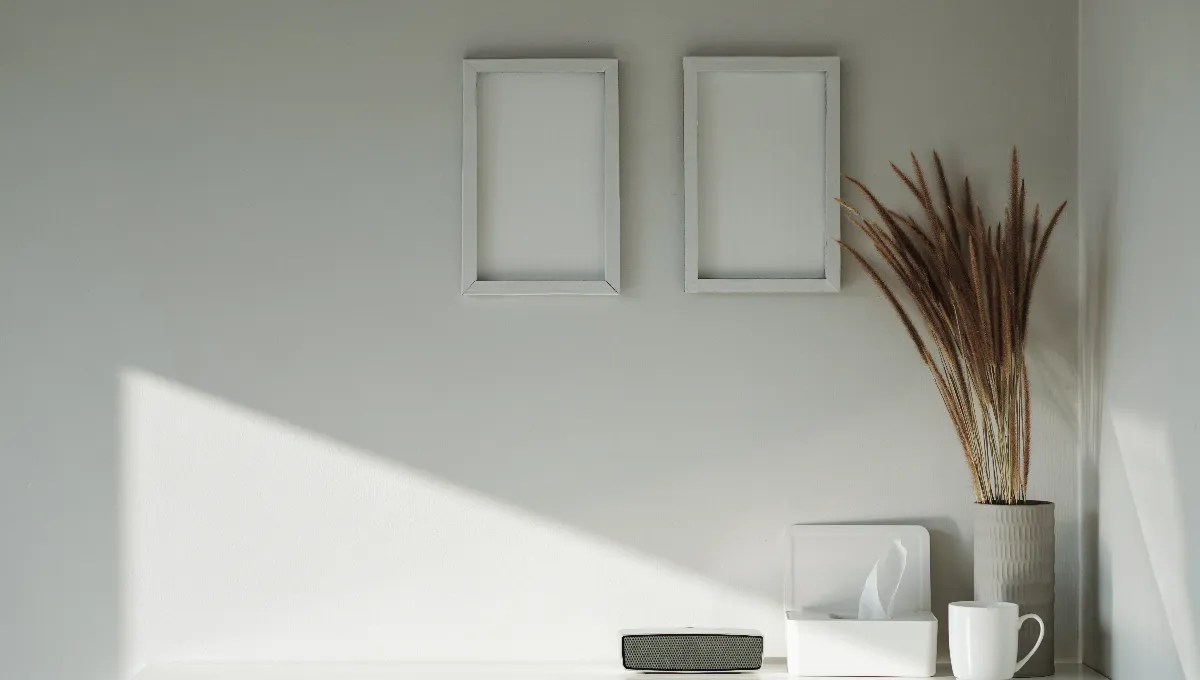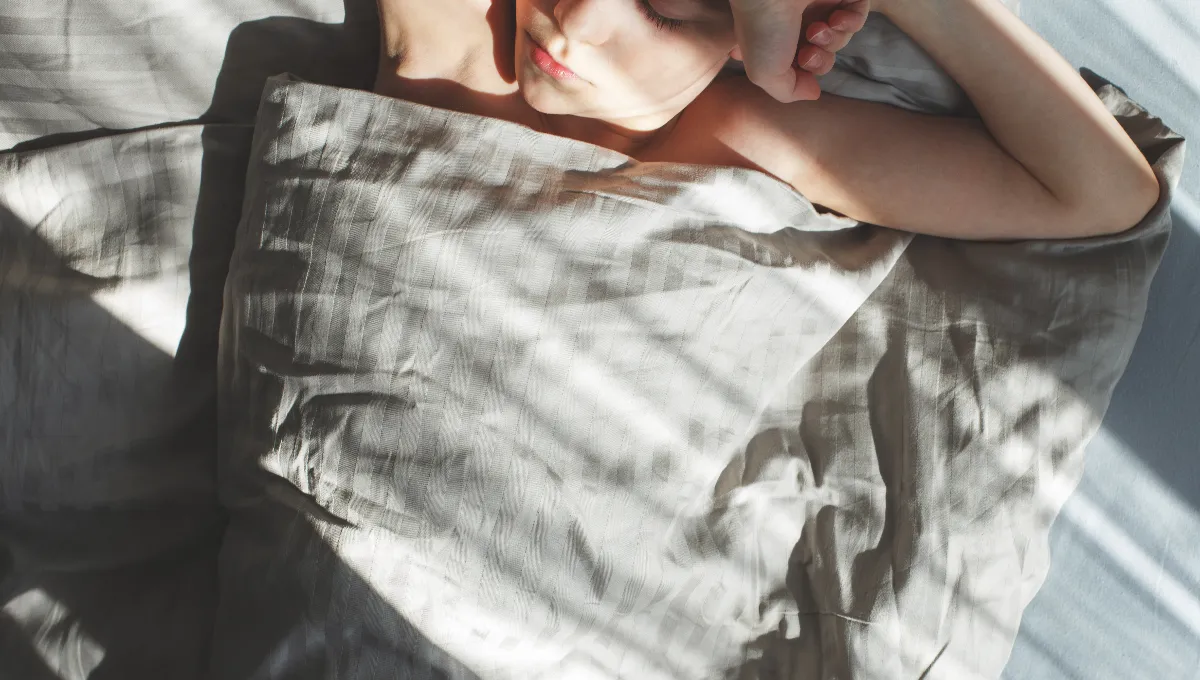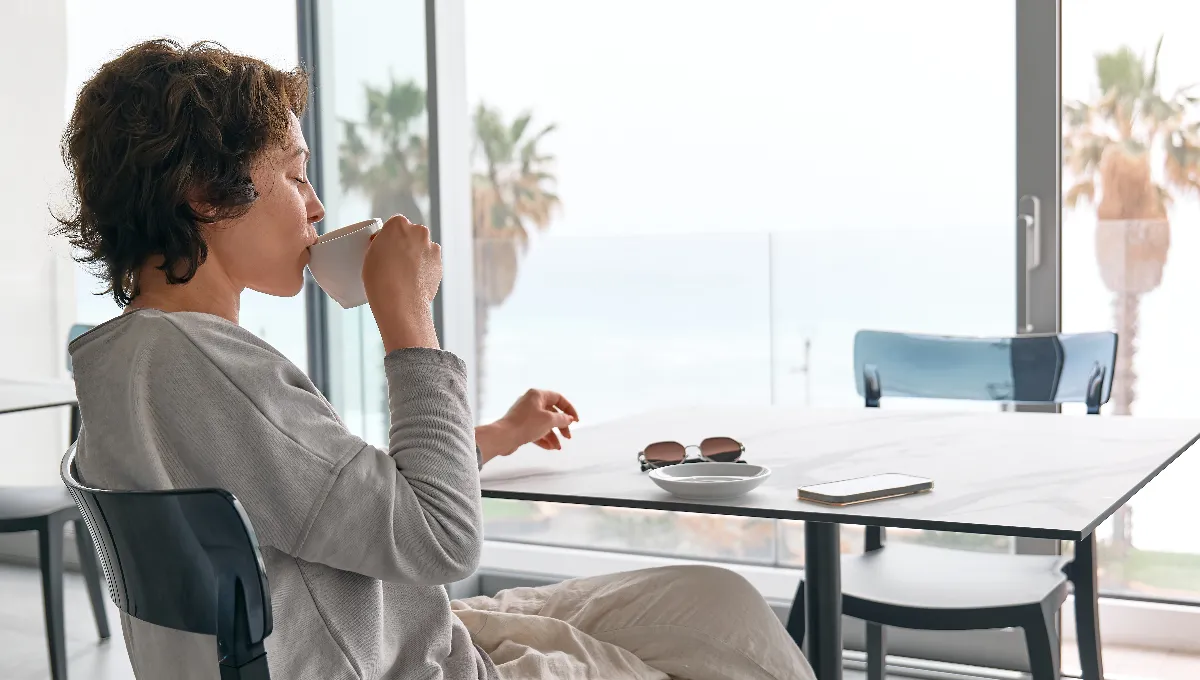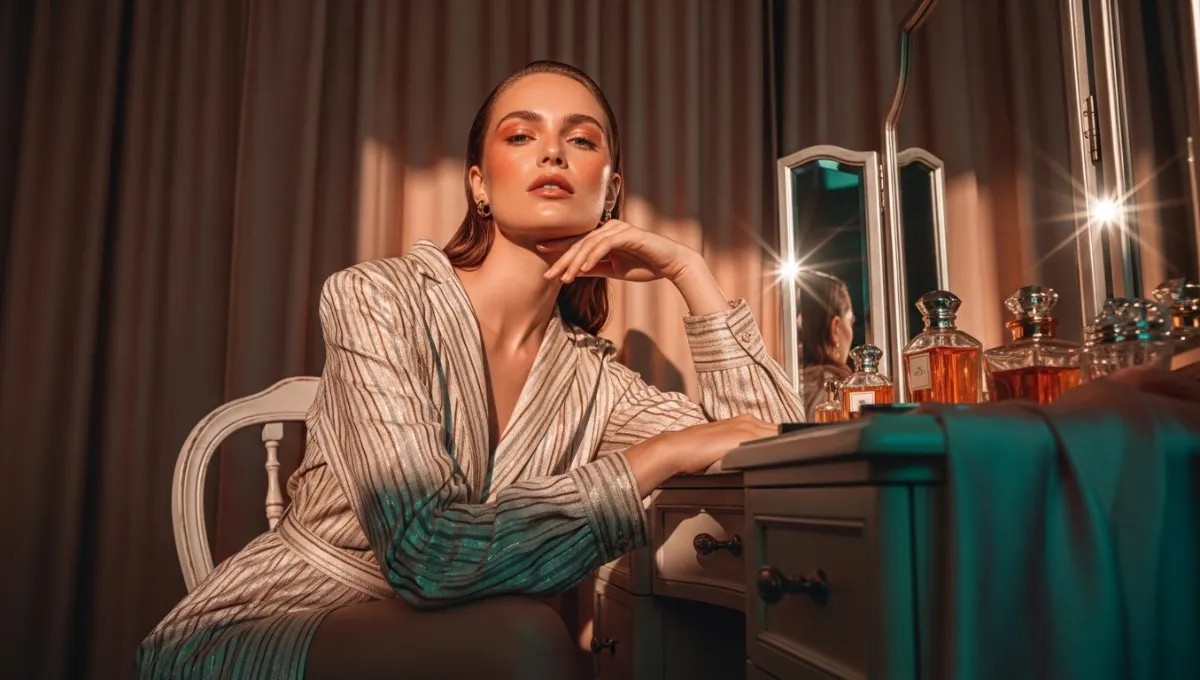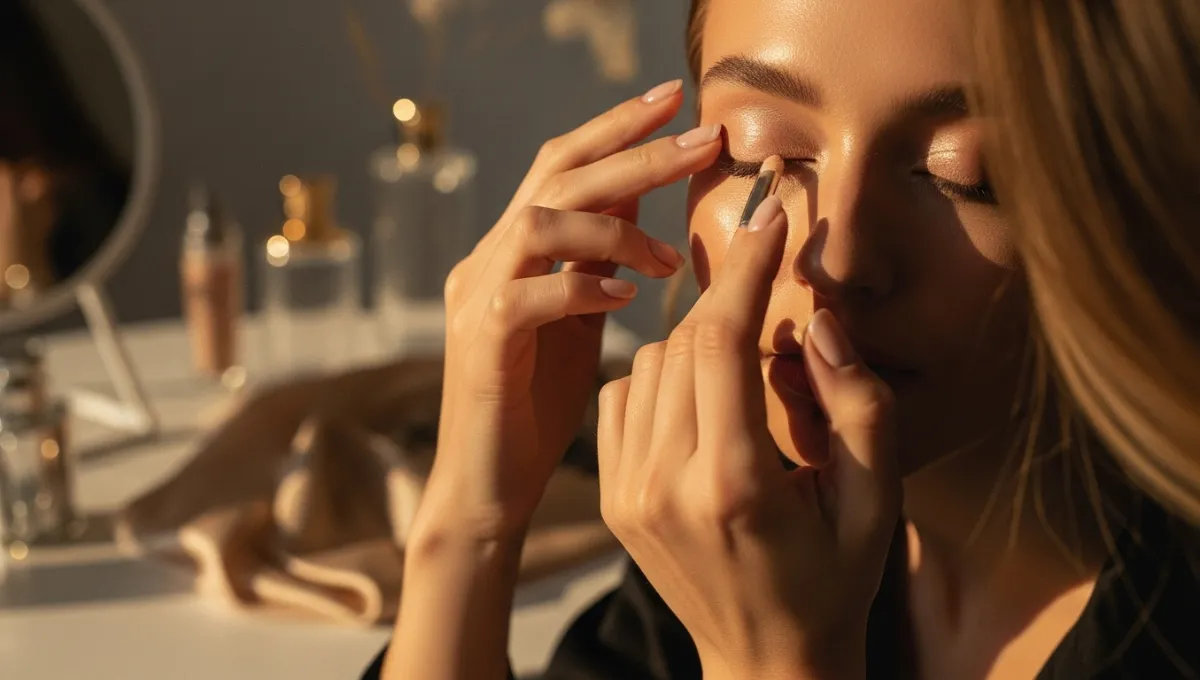We don’t just live in our homes — we feel them. The air, the colors, the silence between sounds — they all have weight. Some rooms make your pulse race. Others make you exhale before you even know why.
Calm spaces aren’t accidental. They are built with the same care as a well-written sentence — rhythm, pause, flow.
After years of overstimulation, we’ve started to crave rooms that whisper instead of shout.
Calm design isn’t about minimalism for minimalism’s sake. It’s about psychological relief. The kind that settles in your chest, not just your eyes.
A warm wall color that softens your thoughts.
A linen curtain that lets in light but diffuses the noise.
Wood underfoot that reminds you of something honest and alive.
It’s these details — the barely visible ones — that make a space feel like it’s on your side.
Designers call it sensory balance. Psychologists might call it nervous system regulation. You don’t need to know the terminology to recognize the feeling. It’s the moment you walk into a room and your shoulders drop.
The most healing interiors aren’t about what’s in them, but about what’s missing.
The extra chair that never felt right. The decor that filled space but not meaning. Letting those go makes space for quiet — and quiet, surprisingly, can be decorative.
A calm space doesn’t beg to be photographed. It asks to be lived in. It forgives clutter but resists chaos. It doesn’t need to be perfect; it just needs to breathe.
Because a peaceful home is not a display. It’s a dialogue.
Every choice — a curve instead of a corner, matte over gloss, air over object — tells your senses, “You can rest now.”
In that stillness, beauty feels different. Softer. More human.
And maybe that’s the psychology of calm design: understanding that our environment is an extension of our emotions, and the most elegant spaces are the ones that care for us back.
Grace Whitmore’s reflections on design psychology were inspired by The Journal of Environmental Psychology, and by conversations with interior stylists exploring emotional minimalism and sensory balance in modern design.
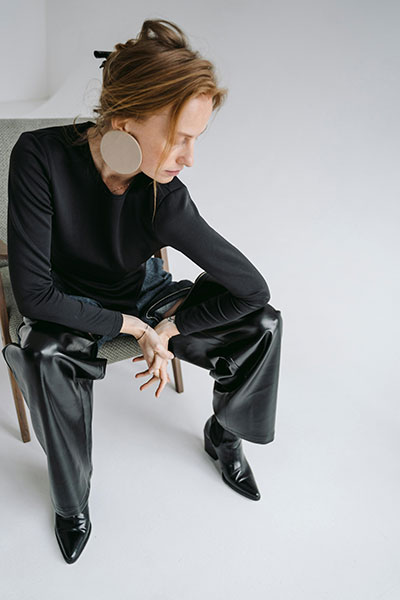
Grace Whitmore is a beauty and lifestyle editor at Nestification, exploring the intersection of modern femininity, quiet luxury, and emotional design. Her work focuses on how aesthetics, mindfulness, and self-expression shape today’s idea of calm confidence — where beauty becomes a state of mind.
Based in New York · [email protected]


